You can set your controller in many ways like :
$stateProvider.state('contacts', {
template: '<h1>{{title}}</h1>',
controller: function($scope){
$scope.title = 'My Contacts';
}
})
Or if you already have a controller defined on the module, like this:
$stateProvider.state('contacts', {
template: ...,
controller: 'ContactsCtrl'
})
Alternatively using the controllerAs syntax the above become:
$stateProvider.state('contacts', {
template: '<h1>{{contact.title}}</h1>',
controller: function(){
this.title = 'My Contacts';
},
controllerAs: 'contact'
})
and
$stateProvider.state('contacts', {
template: ...,
controller: 'ContactsCtrl as contact'
})
Or for more advanced needs you can use the controllerProvider to dynamically return a controller function or string for you:
$stateProvider.state('contacts', {
template: ...,
controllerProvider: function($stateParams) {
var ctrlName = $stateParams.type + "Controller";
return ctrlName;
}
})
Source : https://github.com/angular-ui/ui-router/wiki#controllers
Simply, Controller as syntax helps when we are working with nested controllers. The named scopes are clearly defined so there won’t be conflicts between controllers since you must state which controller you’re referencing before the dot.
<div ng-controller="Shell as shellVm">
<h1>{{shellVm.title}}</h1>
<article ng-controller="Customers as customersVm">
<h2>{{customersVm.title}} in {{shellVm.title}}</h2>
<ul ng-repeat="c in customersVm.customers">
<li>{{c.name}}</li>
</ul>
</article>
</div>
Refer AngularJs "controller as" syntax - clarification? as well.
